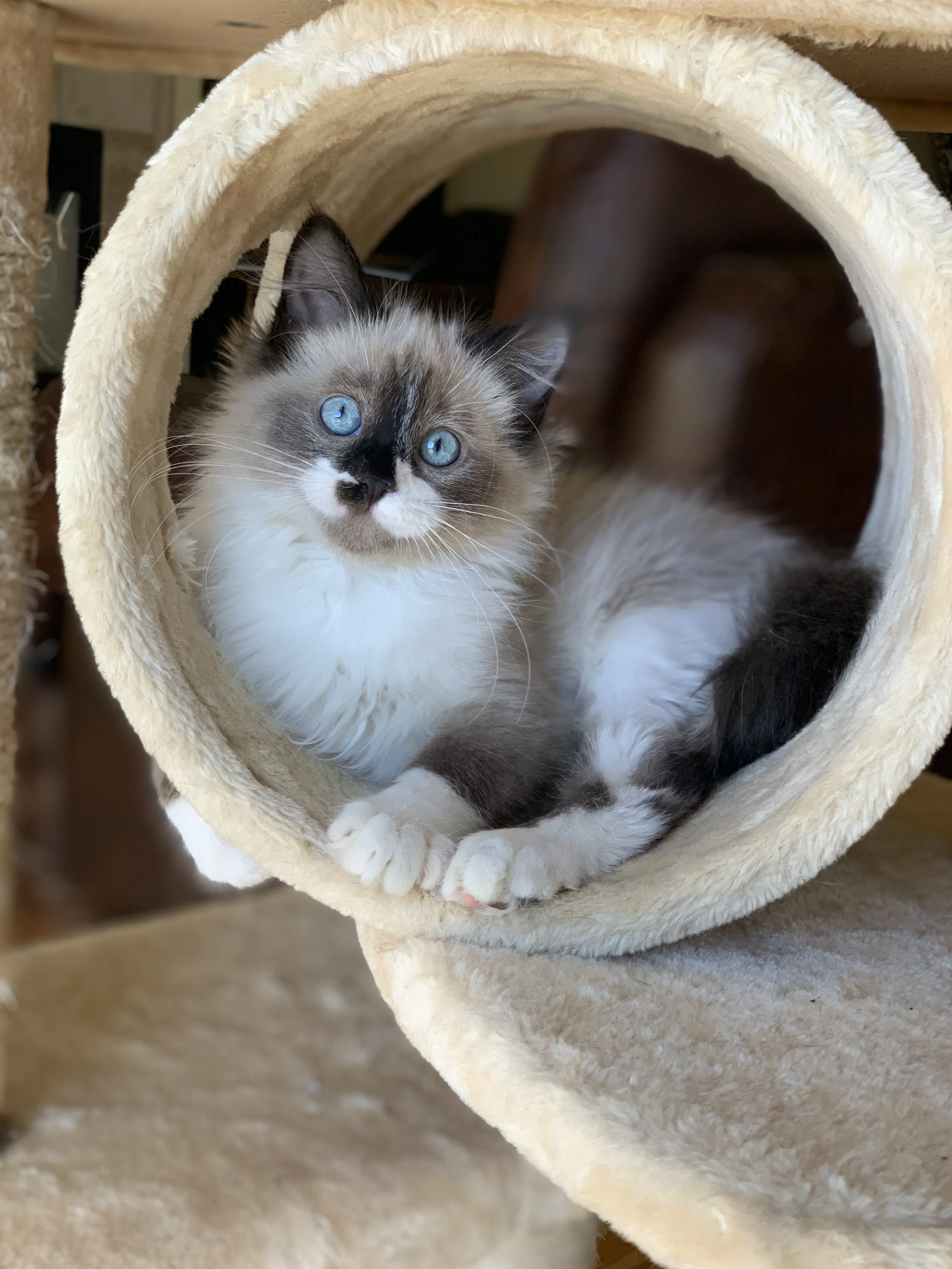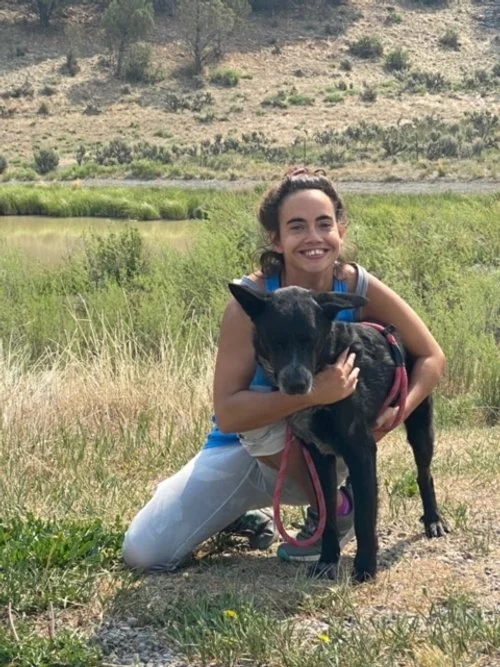
Adopt
-

Adopt a Dog
“Dogs are not our whole life, but they make our lives whole.” – Roger Caras
-

Adopt a Cat
“Cats speak only to those who know how to listen.” – Sigmund Freud
-

Adoption Policies
Please read our policies if you plan on adoption.
-

Trial Adoption
Take a pet home for up to a week to see if they’re the right fit for you.
